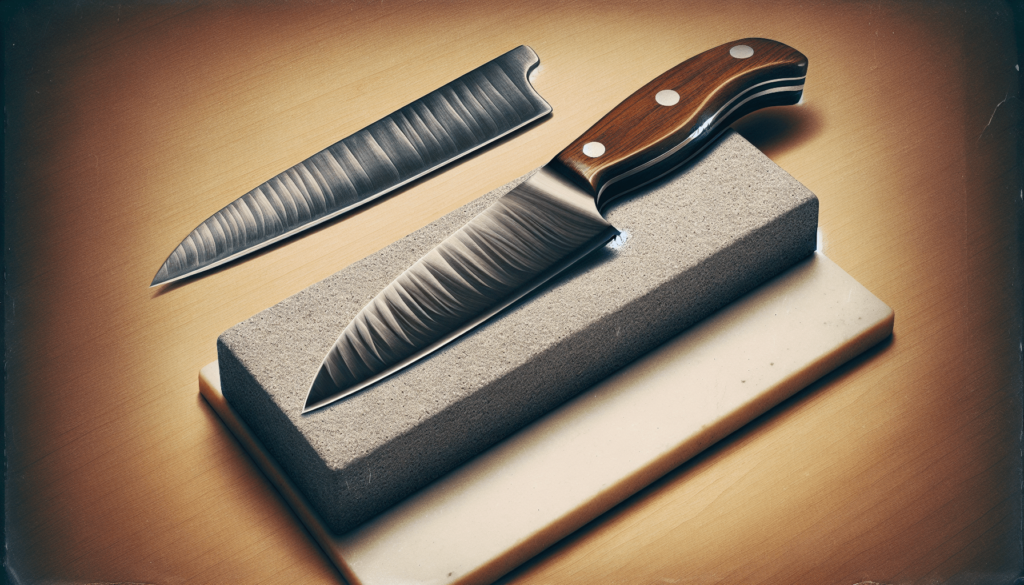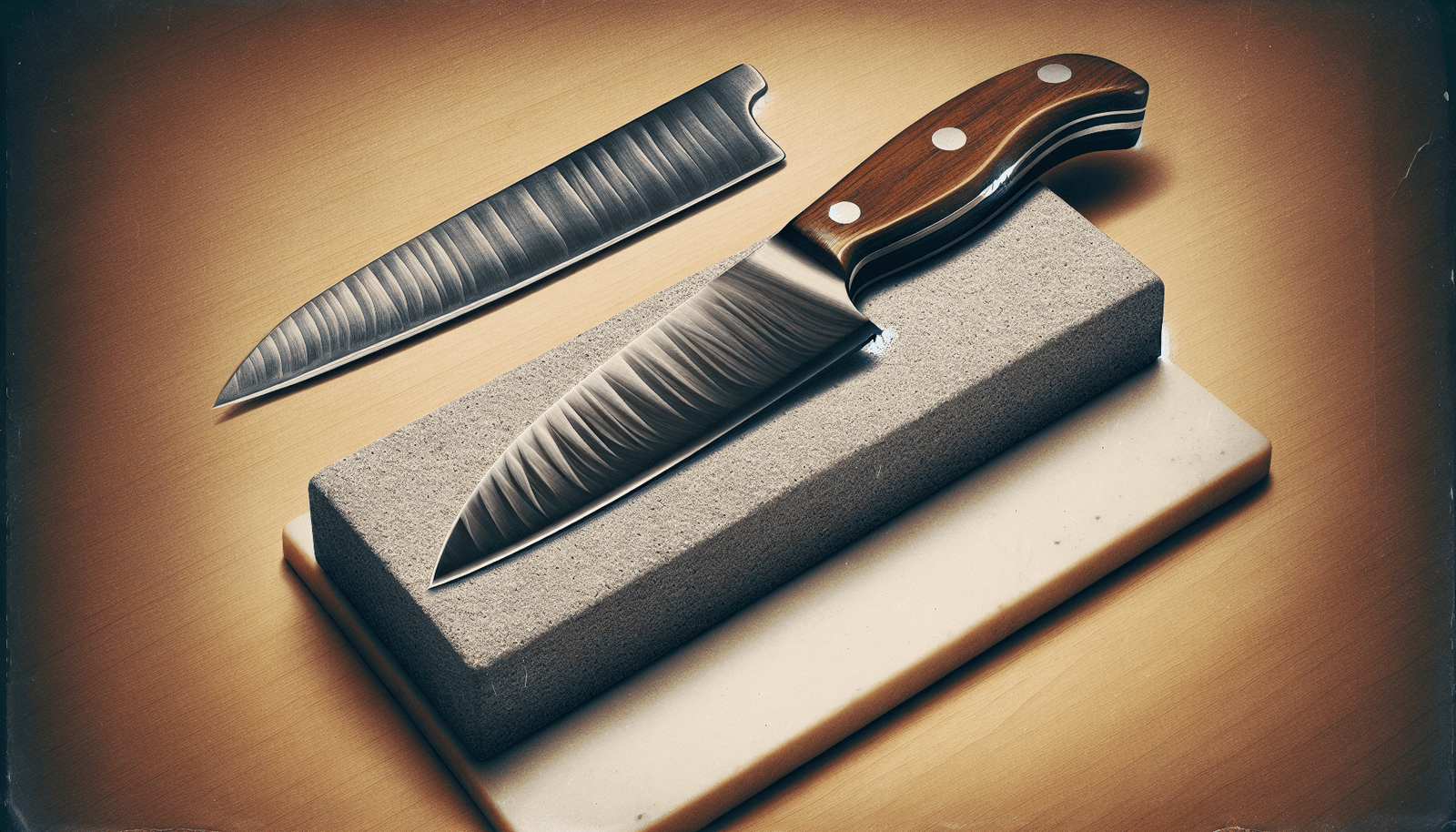How Do I Sharpen Kitchen Knives?
How do I sharpen kitchen knives?

Understanding the Importance of Sharpening Kitchen Knives
Keeping your kitchen knives sharp is essential for safe and efficient food preparation. A dull knife can slip off food, leading to accidents. Additionally, a sharp knife provides cleaner cuts, allowing for better presentation of your dishes.
Why You Should Sharpen Your Kitchen Knives Regularly
You should make a habit of sharpening your kitchen knives regularly to maintain their functionality. Sharp knives are not only safer to use, but they also make your cooking tasks more manageable and enjoyable. If you notice that your knives are struggling to cut through food or are tearing instead of slicing, it’s time to sharpen them.
Different Methods for Sharpening Kitchen Knives
There are various methods you can use to sharpen your kitchen knives, ranging from basic manual methods to more advanced electric sharpeners. Each method has its pros and cons, so it’s essential to find the one that works best for you and your knives.
Manual Sharpening Methods
Manual sharpening methods require more effort and skill but can yield excellent results when done correctly. Here are some common manual sharpening methods:
-
Sharpening Stone: Using a sharpening stone involves running the blade of the knife across the stone at the correct angle to sharpen the edge. This method requires practice and patience but is highly effective in sharpening knives.
-
Honing Rod: A honing rod is used to realign the blade of the knife rather than sharpening it. It is a quick and easy way to maintain the sharpness of your knives between sharpening sessions.
Electric Sharpeners
Electric sharpeners are easy to use and can provide quick and consistent results. These sharpeners usually have built-in guides to help you maintain the correct angle while sharpening. While electric sharpeners are convenient, they may remove more material from the blade compared to manual methods.
Steps to Sharpen Your Kitchen Knives Using a Sharpening Stone
If you prefer a more hands-on approach to sharpening your kitchen knives, using a sharpening stone is an excellent method to consider. Here are the steps to sharpen your knives using a sharpening stone:
-
Prepare the Stone: Soak your sharpening stone in water for about 10-15 minutes before using it. This helps to prevent the stone from absorbing the metal particles during the sharpening process.
-
Angle the Knife: Hold the knife at a consistent angle (usually around 15-20 degrees) against the stone. This is the optimal angle for sharpening most kitchen knives.
-
Start Sharpening: With gentle pressure, run the blade of the knife across the stone, moving it from the base to the tip in a smooth and controlled motion. Repeat this process several times on each side of the blade.
-
Check the Sharpness: Test the sharpness of the knife by cutting through a piece of paper or an onion. If the knife cuts easily and cleanly, it is sharp and ready to use.
Using a Honing Rod to Maintain Knife Sharpness
In addition to sharpening your kitchen knives, using a honing rod regularly can help maintain their sharpness between sharpening sessions. Here’s how to use a honing rod effectively:
-
Hold the Rod: Hold the honing rod vertically with the tip resting on a non-slip surface.
-
Align the Knife: Hold the knife at a 15-20 degree angle against the honing rod.
-
Swipe the Knife: With light pressure, swipe the blade of the knife down the honing rod in a smooth and controlled motion. Repeat this process on both sides of the blade.
-
Test the Sharpness: Test the sharpness of the knife by slicing through a piece of paper or produce. If the knife cuts cleanly without tearing, it is adequately honed.
Tips for Maintaining Sharp Kitchen Knives
Proper maintenance is key to keeping your kitchen knives sharp and in good condition. Here are some tips to help you maintain the sharpness of your knives:
-
Store Your Knives Properly: Store your knives in a knife block, on a magnetic strip, or in knife sheaths to prevent damage to the blades.
-
Avoid Dishwashers: Hand wash your knives with mild soap and water to prevent them from becoming dull or damaged in the dishwasher.
-
Use Cutting Boards: Use wooden or plastic cutting boards to protect the edge of your knives from becoming dull on hard surfaces like stone or glass.
-
Regular Sharpening: Make sharpening your kitchen knives a regular part of your routine to ensure they stay sharp and ready for use.
Conclusion
In conclusion, knowing how to sharpen your kitchen knives is an essential skill for home cooks and chefs alike. By understanding the importance of knife sharpening, exploring different sharpening methods, and following proper maintenance tips, you can keep your kitchen knives sharp, safe, and efficient for all your culinary adventures. Remember, a sharp knife is a safe knife!
